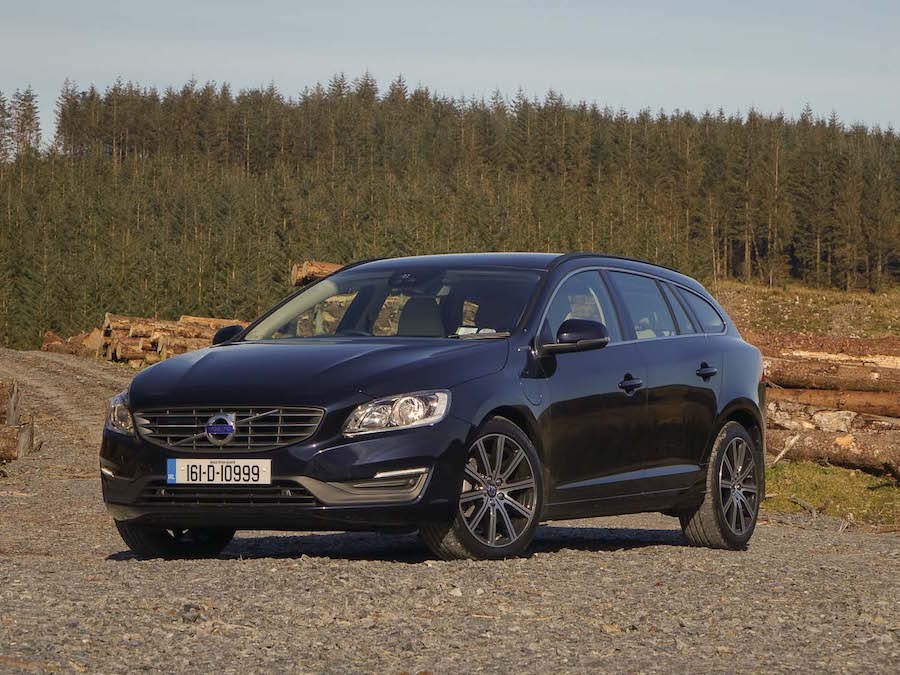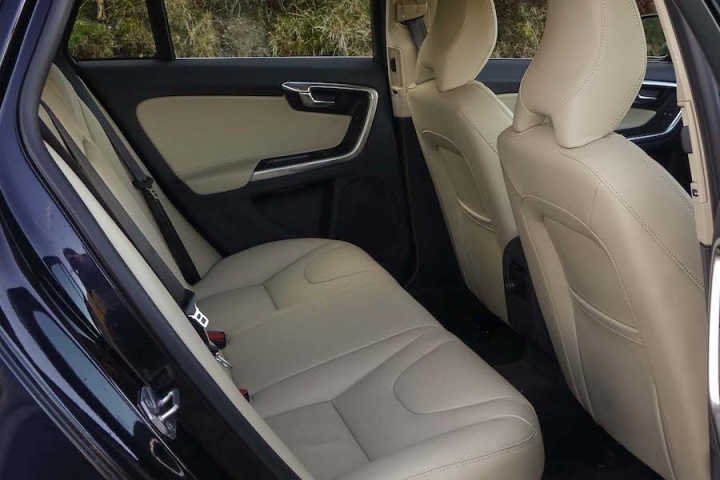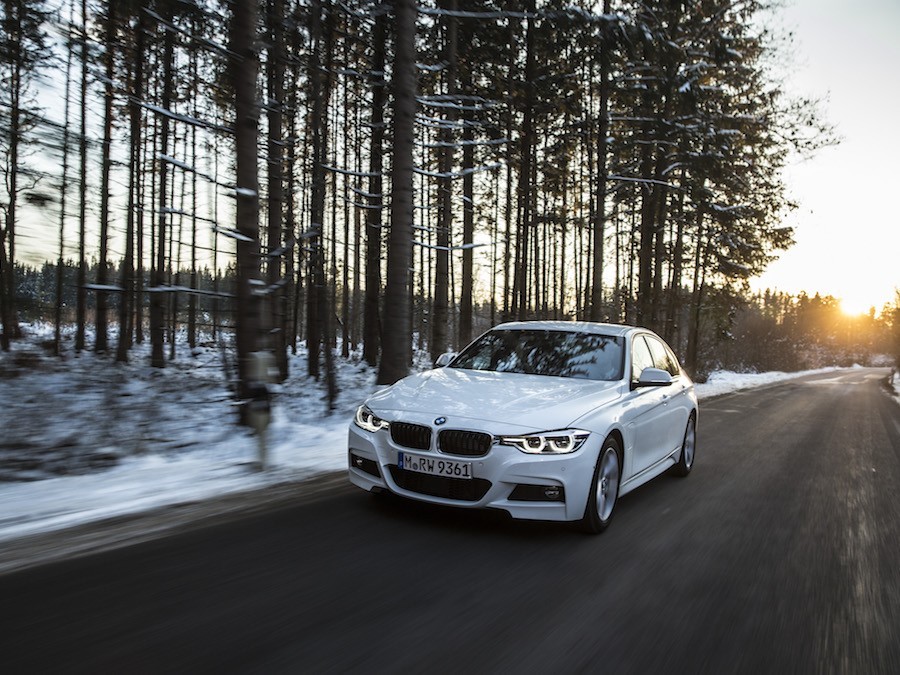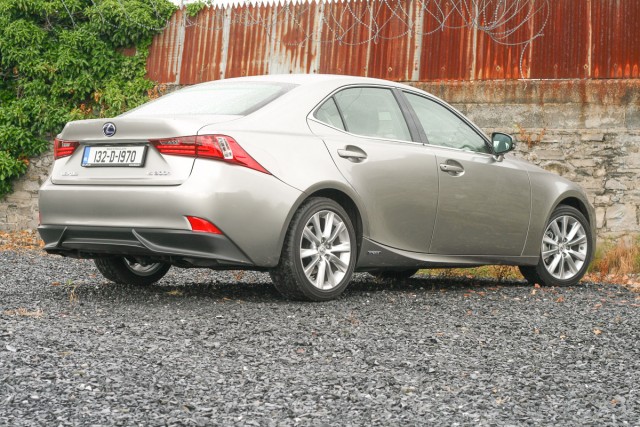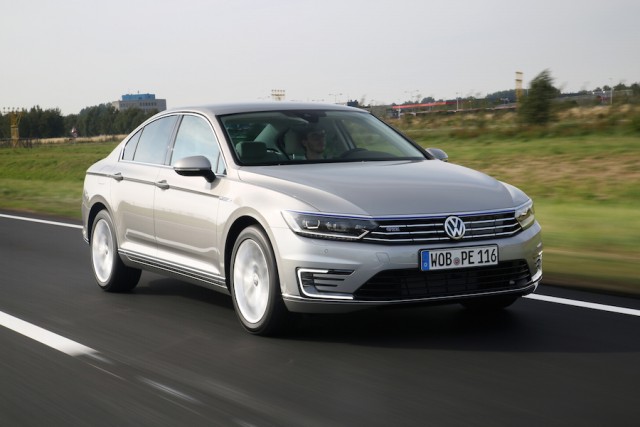Good: clever technology, great looking inside and out, comfort, refinement.
Not so good: diesel/electric combo not as frugal as it should be, poor battery-only range, weight, price, compromised boot.
Diesel and electric power combined should, by all rights, work really well. After all, it's precisely the combo that has been powering our trains since the 1920s and (slightly more sinisterly) our submarines for a similar period. Diesel's natural economy and low-running costs combined with leading-edge electric plugin tech should be just fantastic then, right?
Ah. Ah, and indeed hmmmm. No is the actual answer. The Volvo V60 D6 Twin Engine proves, certainly for the moment, that away from rails and waves, diesel and batteries together don't make a smart combination. Why? It's all too heavy and too expensive seems to be the easiest way to sum it up.
What we've got here then is a V60 diesel estate (a lovely, lovely car in isolation) using Volvo's aged but still-game 2.4-litre five-cylinder diesel engine. That drives the front wheels and with 218hp and 440Nm of torque it can do so with more than a little vim. However if it's vim you're looking for, then look under the raised boot floor. There you'll find an 8kWh battery stack and a 70hp electric motor driving the rear wheels. Combined, the two have a pretty useful 285hp and 640Nm of torque (depending on the prevailing conditions and the amount of charge you have on board). Flick the button marked 'Power' and you can use this quietly handsome Volvo estate to crack 6.1 seconds from 0-100km/h. That's really quick, well into serious hot-hatch territory.
Of course, a plugin hybrid isn't supposed to be about that. It's supposed to be about saintly environmental figures, and here the Volvo scores highly with 48g/km of CO2 and an official 155mpg on the combined economy cycle.
Ah. Yes, about that...
Charging up from an eight-amp mains supply, you can top up the battery in a couple of hours and it should give you around 50km range. All well and good, but the V60 just can't seem to hold onto charge. During my time with the car it became depressingly familiar to leave the driveway with the battery range reading 20km (having only had the chance to have it plugged in for a short while) and to see that fall to 10km before I'd reached the end of my road. To put it in context, with a 20km indicated charge, the V60 was unable to carry out my 10km school run round trip without the diesel engine kicking in.
While on battery power, it's very pleasant - quiet and hushed and with that lovely sensation of creamy, no-effort electric torque doing all the work. When the diesel engine does cut in, it's actually very quiet and smooth itself. You'll hear a distant cough and feel a faint vibration but unless you're standing still at the time, the cut-in isn't intrusive in the least.
It just comes too soon, and it seems to be for a combination of reasons. Firstly, the regenerative braking doesn't seem to be as efficient as it should be, nor as efficient as it is in some other products, including the Nissan Leaf and Volvo's own XC90 T8 petrol-electric hybrid. Secondly, the V60 weighs an absolute tonne. In fact, it weighs 2.5 tonnes, so shifting that sort out weight around is obviously putting too much strain on the batteries. For reference, that's about 200kg more than the kerb weight of the XC90 T8...
That weight plays merry hell with the V60's prospects and performance. You can feel it in the corners, where the chassis (pleasantly smooth and reassuring on the standard V60) feels vague and ill-at-ease and you can certainly see it in the fuel consumption. Forget 155mpg; we struggled to break through 40mpg in a week with the V60 - less than we would have expected from a standard diesel version. Yes, you'll get the low 48g/km CO2 figure, but that's of interest really only to business user-choosers because the 190hp D4 automatic V60 diesel will only cost you an extra €20 a year to tax.
And it's not even practical. The need to package the batteries and electric motor has meant that the boot floor is massively raised up, slashing space to just 305 litres. It's a Volvo estate into which the family Labrador will simply not fit.
The thing is that Volvo knows all this already. The V60 D6 is really something of an experimental vehicle that you can buy, and it's unlikely to be directly replaced. The petrol-electric XC90 T8 is a far more practical performer, and damned near as frugal in day-to-day driving, so shows that Volvo really can crack this whole electric motoring thing. The V60 D6 then is a curiosity, an interesting one, but at nearly €60k for starters, one that's best left as a footnote to the electric car revolution.

